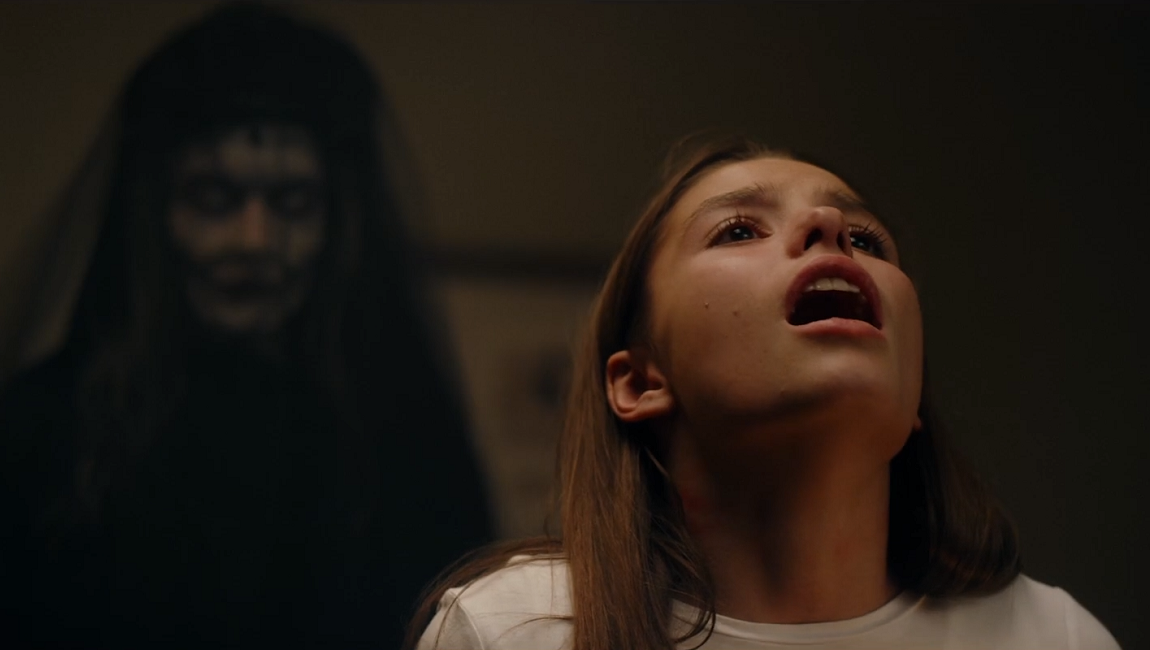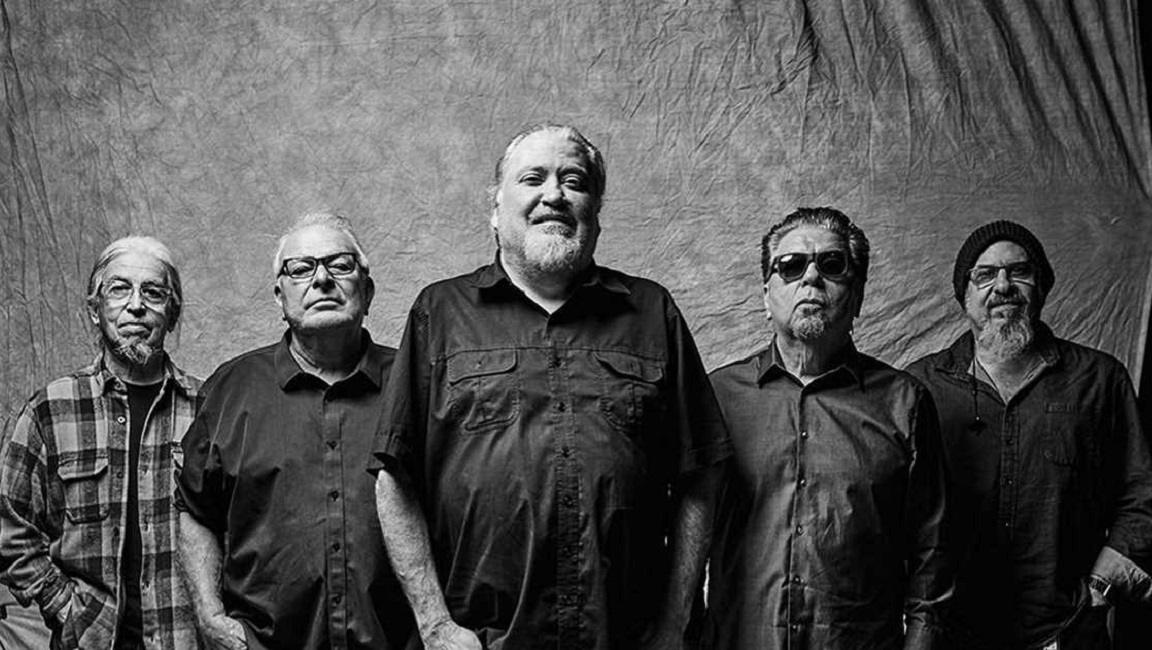Robert Zemeckis filmed What Lies Beneath, a ghost story set in a modern world, while on a break from Castaway, waiting for Tom Hanks to lose weight and grow a beard. It was a side project, and it grossed almost $300 million. (It helps when you have ’90s-era Harrison Ford in your film.) Zemeckis is known, of course, for his use of elaborate special effects and his perpetual pursuit of escapist awe; What Lies Beneath is a much smaller affair, shot with Zemeckis’ usual elegant virtuosity, yes, but it’s more intimate that his other films, less concerned with spectacle and more concerned with the psychological tumult of its lead character. Married couple Norman and Claire Spencer (Ford and Michele Pfeiffer) have been in a rut. Their daughter has just gone off to college, and the empty nest doesn’t help. Ford, a scientist, is busy working on a paper for a conference, leaving Pfeiffer’s bored housewife alone. She spends her days wandering around their huge house, playing solitaire, spying on her neighbors, who have vociferous fights and then make up with sex so loud Claire and Norman can hear it. Then Claire starts seeing things, ethereal faces in the lake and in the bathroom mirror. “There’s a ghost in my house,” she tells her therapist. But no one believes her — not her shrink, not her best friend, not her husband. The film is, in many ways, a classic gothic tale, with its lonely housewife suffering a mental breakdown and the theme of marriage’s dissolution, of spousal secrets exhumed. The husband, the ostensible protector, becomes the avatar of horror, as Michelle Massé put it. What Lies Beneath might trade the derelict castles and foggy moors for suburban homes with big lush lawns and fancy academic parties, but its soul harks back to the ghost stories of the late 1800s.
Given its more limited scale, it follows that What Lies Beneath isn’t as formally audacious as some of Zemeckis’ other films, but it is elegant. Zemeckis favors long, surveying, voyeuristic shots, playing with deep and shallow focus, making us pay attention to the whole frame. And the sound design imbues the film with a pervasive air of dread. But what truly makes the film so compelling is Harrison Ford, who deftly handles a role that requires him to be a likeable husband initially, and then, in a twist, a terrifying psycho. Spinning one of our most beloved movie stars into a philandering murderer is an inspired choice — who knew Han Solo could be so scary? Ford will always be known for his mega-blockbusters, which is fair, but this also means that viewers tend to overlook his abilities as an actor. Consider Mosquito Coast, in which he plays an inventor who grows disillusioned with America and takes his family to a Central American jungle where he becomes increasingly consumed with turning the tiny village into an advanced utopian society. You can see the crazed obsession in his eyes, his pride and stubbornness giving way to irrational mania. Or Presumed Innocent, in which he plays a lawyer accused of murdering his former lover, and you can’t tell if he did it or not; it’s his best performance, a subtly consummate and vulnerable portrayal of a man trying to keep his secrets and his shame buried. He’s emasculated, pathetically beholden to a woman who spurned him. What’s clear in What Lies Beneath is that Zemeckis was not one to underestimate Ford; instead, he used (and subverted) the actor’s presence as a kind of ace up his sleeve. Pivoting from the mammoth films that had been dominating the director’s filmography for the past decade may have seemed contemporaneously jarring, but the result is a canny take on the late-’90s thriller template that rises above the mostly anonymous offerings of the time, and a film more than deserving of reappreciation.
Part of Robert Zemeckis: Movie Magician







